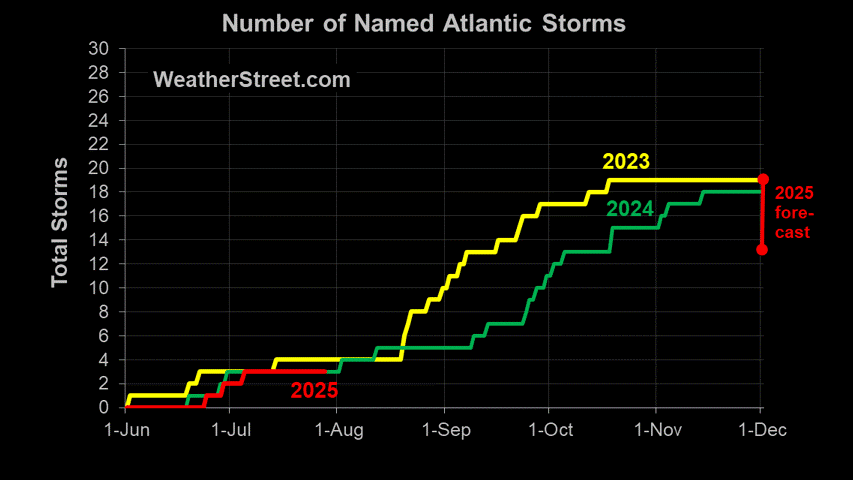Tropical Storm Ketsana slams into the Philippines
Tropical Storm Ketsana Devastates Philippines, at least Five Killed and Thousands Evacuated Due to Flooding (TransWorldNews)
Tropical Storm Ketsana has pounded the Philippines, dumping the equivalent of one month of rain in just six hours, causing massive flooding in the capital Manila and killing at least five people while thousands have been forced to evacuate.
Power in Manila has been cut off while hundreds of people have been trapped on the rooftops of their home as streets have turned into raging rivers.
In some areas of the Philippines there have been reports of entire towns under water. The government has declared the current situation a calamity and has accessed emergency funds to provide for relief.
Philippine capital, 25 provinces battered by tropical storm (Xinhua)
The Philippine government on Saturday placed the national capital Metro Manila and about two dozen provinces in Luzon region under state of calamity as heavy rains caused by a tropical storm submerged roads and flooded homes, forcing nearly two thousand people to be evacuated.
National Disaster Coordinating Council (NDCC) chair Gilberto Teodoro made the announcement at a disaster-relief briefing here in Manila as the state weather bureau reported tropical storm Ketsana triggered epic rainfall in six hours ended 2 p.m. Saturday, breaking the 1967-record of 334 millimeters in a 24-hour period.
At least 1,813 people were evacuated from their homes, the government's disaster relief agency said while a local radio report said nine people might have been killed. But the casualty report can't be immediately confirmed.
Most parts of the central Luzon experienced severe flooding. In Metro Manila, around 33 villages have been flooded and 37 road sections are closed to traffic, the NDCC said in its latest bulletin.
The heavy rain has caused much flooding and has left thousands stranded or homeless. The rainfall exceeded previous records for rain amounts set in 1967.
Thousands stranded by Philippine flooding; 5 die (AP)
MANILA, Philippines — Nearly a month's worth of rain fell in six hours Saturday as Tropical Storm Ketsana slammed ashore in the Philippines, killing five people and stranding thousands on rooftops in the capital's worst flooding in more than 42 years.
The government declared a "state of calamity" in metropolitan Manila and about two dozen storm-hit provinces, said Defense Secretary Gilberto Teodoro, who heads the National Disaster Coordinating Council. That allows officials to withdraw emergency money for relief and rescue.--snip--
"The whole town is almost 100 percent underwater," Mayor Mon Ilagan said.
About 13.4 inches (34.1 centimeters) of rain fell on metropolitan Manila in just six hours, close to the 15.4-inch (39.2-centimeter) average for the entire month of September. The previous record was 13.2 inches (33.4 centimeters) recorded during a 24-hour period in June 1967, chief government weather forecaster Nathaniel Cruz said."However good your drainage system is, it will be overwhelmed by that amount of rainfall," he told The Associated Press.
He said poor maintenance of drains and waterways clogged with garbage compounded the problem.
Ketsana has crossed the island of Luzon and is entering the South China Sea. Ketsana is expected to increase in intensity to a Category 1 Typhoon before reaching northern Vietnam.









<< Home